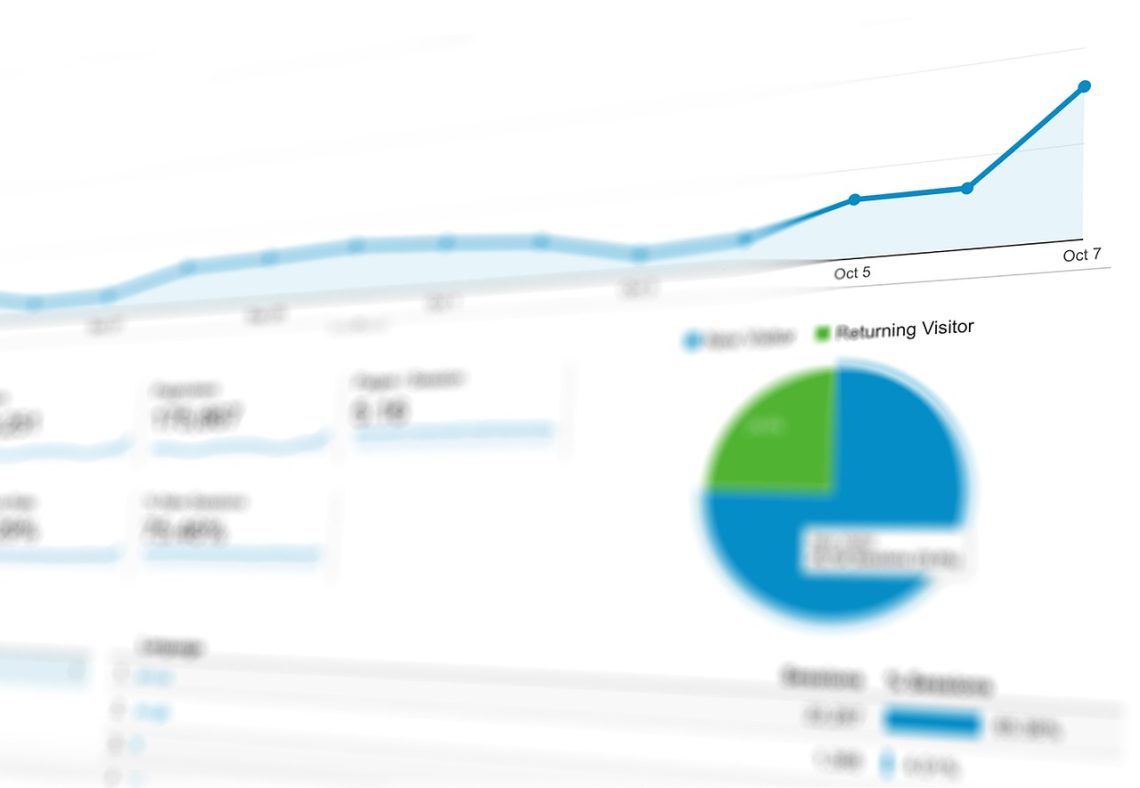Leverage is a concept that is both alluring and dangerous in the wide and volatile world of forex trading. To put it simply, leverage is the capacity to manage a sizable position with a modest initial investment. It increases the possibility of making money, but it also increases the possibility of losing money. Knowing leverage becomes crucial as one digs deeper into the workings of the currency market.
Leverage is conceptually similar to borrowing for novices. Assume you have $10,000 and wish to purchase a $100,000 house. You essentially have a 10:1 leverage on your purchase if a bank grants you a loan for the remaining $90,000 in exchange for your $10,000 down payment. This is a valid parallel in the context of forex. With leverage offered by their forex broker, a trader may hold a position worth $100,000 while only investing $10,000 of their cash.
One characteristic that sets the forex market apart and draws traders in is leverage. While investors in the stock market may receive a 2:1 leverage ratio, leverage ratios of 50:1, 100:1, or even greater are sometimes observed in forex, particularly in areas with lax laws. This implies that, assuming a broker offers a leverage of 100:1, a trader may be able to control a position worth $100,000 with a $1,000 initial deposit.
Leverage has obvious benefits. First of all, it gives traders the chance to benefit handsomely from even tiny changes in price. In a $100,000 position, a 1% fluctuation is equivalent to $1,000. This movement would indicate a 100% return on an investor’s $1,000 initial investment if the trader used only their own funds. The same 1% movement would only yield a $10 profit without leverage.
However, when market moves go against a trader’s position, the drawbacks of leverage become apparent. In keeping with the previous example, a 1% negative movement would cause a $1,000 loss, fully wiping out the trader’s initial investment. Therefore, even if leverage might increase profits, it can also hasten losses.
Margin calls are systems whereby the forex broker will either ask the trader to top up their account or shut out their positions if the trader’s balance drops below a certain level (referred to as the maintenance margin). This is to guarantee that there are enough assets to pay any losses. It’s an essential tool for risk management, particularly in high-leverage trading.
To properly traverse the realm of leverage, traders can follow three essential practices:
- Recognize Leverage: Make sure you comprehend leverage’s ramifications and how it operates before taking any action. Although leverage is an effective tool, not everyone should use it.
- Start Small: Beginning with less leverage might help newcomers comprehend market movements without taking on a lot of risk.
- Use Stop-Loss Orders: This tool shields traders from more losses by allowing them to define the price at which a position will immediately be closed out.
- Keep Up to Date: A variety of factors, such as economic data releases and geopolitical developments, can impact the forex market. Making informed selections will be possible if you stay current.
- Select a Reputable Forex Broker: Considering the essential role brokers play in the leverage calculation, this point needs to be mentioned again. Make sure your broker has risk-management tools, transparent terms, and appropriate leverage levels.
In summary, leverage is a potent tool in forex trading that enables traders to increase their profits. But the risks that come with it are also amplified. It’s a tool that can provide a number of benefits if used carefully and with clarity. However, if done carelessly, it might result in significant losses. As usual, the key to successfully navigating the leverage landscape is making educated decisions, never stopping to learn, and choosing the correct broker.





